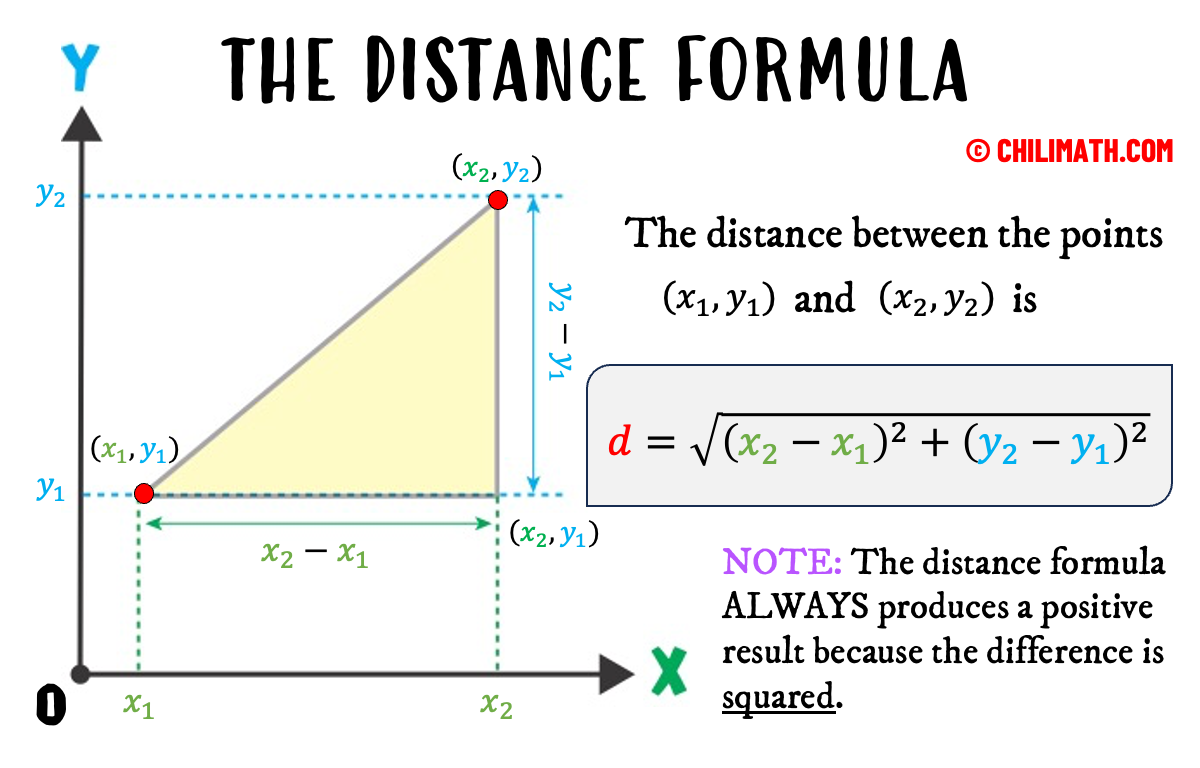The Air Distance Between Israel And Iran: A Complex Aerial Journey
Understanding the geographical relationship between nations often starts with a simple question: "How far apart are they?" When it comes to the distance from Israel to Iran by air, the answer, while seemingly straightforward, unravels into a fascinating exploration of geography, logistics, and geopolitical realities. This article delves into the precise aerial measurements, travel times, and the broader context that defines the air corridor between these two significant Middle Eastern countries.
From a bird's-eye perspective, the direct flight path offers the most immediate insight into their proximity. However, actual air travel is influenced by numerous factors beyond mere straight-line measurements. We will explore various calculations, the implications of different travel methods, and the practical considerations for anyone seeking to understand this unique aerial connection.
Table of Contents
- The Straight-Line Air Distance: As the Crow Flies
- Estimating Flight Time: Beyond the Crow's Flight
- Geographical Positioning and Flight Paths
- Ground Travel: A Different Dimension of Distance
- Cost and Travel Options: Navigating the Practicalities
- The Geopolitical Airspace: Overflight Permissions and Realities
- Why Understanding This Distance Matters
- Conclusion: Bridging the Miles with Knowledge
The Straight-Line Air Distance: As the Crow Flies
When we talk about the "distance from Israel to Iran by air," the most fundamental measurement is the straight-line distance, often referred to as "as the crow flies." This calculation represents the shortest possible path between two points on the Earth's surface, disregarding any obstacles or political boundaries. It provides a baseline understanding of how far these nations are truly separated by air.
- %E6%B3%95 %E5%BB%A3
- Miami International Airport Evacuated
- Youtooz Discount Code
- Colorado Road Conditions
- Raul Esparza
Varying Air Distance Calculations
It's important to note that different calculations for the "shortest distance (air line)" can yield slightly varying figures, depending on the specific reference points used (e.g., country borders, capital cities, or central geographic points). According to various data points, the air travel (bird fly) shortest distance between Israel and Iran is consistently estimated to be around:
- 1,789 kilometers (1,112 miles): This is a frequently cited figure for the general air distance between the two countries.
- 1,724.48 kilometers (1,071.54 miles): Another closely related figure for the shortest air line distance.
- Approximately 1,786 kilometers (1,110 miles): A calculated distance that reinforces the general range.
- 1,728 kilometers (1,074 miles): This specific figure is often given for the straight line distance used in flight time calculations from Israel to Iran.
- 1,741 kilometers: Another general distance provided.
- 1,558 kilometers and 593.2 meters (968.5 miles): A slightly lower total distance.
These slight variations underscore the complexity of precise geographical measurements over vast distances, especially when different algorithms or specific reference points within each country are utilized. However, they all converge on a consistent range, indicating that the core air distance remains within a relatively narrow band of 1,550 to 1,800 kilometers (approximately 960 to 1,120 miles).
Key City-to-City Air Distances
To provide more granular detail, specific city-to-city measurements offer a clearer picture of the aerial proximity between major urban centers:
- Tehran, Iran to Tel Aviv, Israel:
- The total straight line flight distance is approximately 988 miles (1,591 kilometers or 859 nautical miles).
- Another calculation places this at 985 miles (1,585 km).
- The calculation of flight time from Tel Aviv to Tehran (as the crow flies) is based on this distance.
- Israel to Tehran (general):
- The shortest distance (air line) between Israel and Tehran is 1,000.91 miles (1,610.81 kilometers
Article Recommendations



Detail Author:
- Name : Percival Hudson
- Username : allison.schimmel
- Email : eve51@yahoo.com
- Birthdate : 1983-04-04
- Address : 1496 Howell Freeway Suite 321 Stammville, WI 11756-0039
- Phone : 954-469-9635
- Company : Tillman-Kris
- Job : Rigger
- Bio : Voluptas nam aut sunt eos. Cum repudiandae fuga perferendis quia sed cupiditate. Eius a minima consectetur sint consectetur quaerat reprehenderit. Magnam soluta quibusdam iure eius ut et.
Socials
instagram:
- url : https://instagram.com/nienow1986
- username : nienow1986
- bio : Voluptate qui iste aut quia eum aut. Error voluptas sunt error aut nisi. Dolorem veniam ipsa sunt.
- followers : 5896
- following : 1500
facebook:
- url : https://facebook.com/nienowr
- username : nienowr
- bio : Ab sed dolorem libero inventore. Culpa magnam ea cum est ut.
- followers : 6860
- following : 2970
linkedin:
- url : https://linkedin.com/in/nienow1986
- username : nienow1986
- bio : Deleniti natus iure vel sit accusamus qui.
- followers : 2295
- following : 2709
tiktok:
- url : https://tiktok.com/@rafaela8093
- username : rafaela8093
- bio : Numquam voluptatem aliquid ducimus illum architecto.
- followers : 1845
- following : 1939